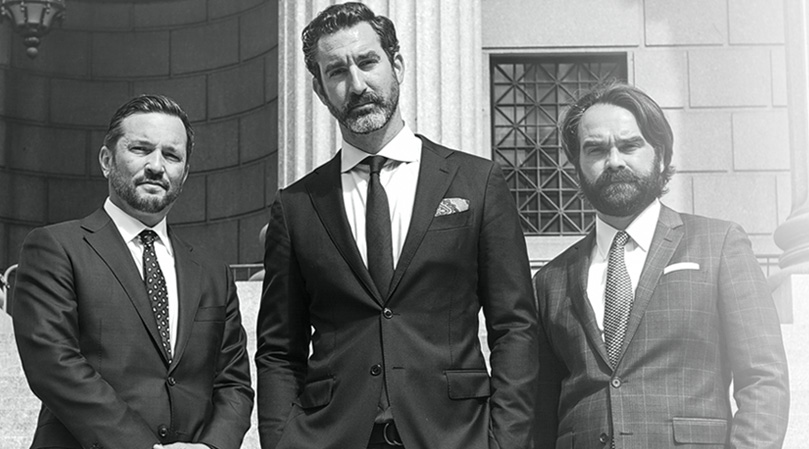Etan Patz Murder Trial And Corroboration Of A Confession

On May 25, 1979, a 6-year old boy named Etan Patz left his home to go to school for the first time without being accompanied by his parents. He lived in lower Manhattan and was supposed to walk just two blocks alone to catch a bus that was supposed to take him to school. He was tragically never seen again. The police searched all of New York for the boy and his image was placed on countless milk cartons, newspapers, and was even displayed in Times Square. Sadly, there were few leads and the case quickly became cold. The body of the boy was never discovered.
A suspect did eventually emerge however. His name was Jose Antonio Ramos. Ramos, it turns out, was a friend of Patz’s babysitter. He was also a convicted child molester. Despite some evidence that suggests that Ramos was Etan’s killer (including a confession), he was never formally charged with the crime. Instead, a person with mental health problems named Pedro Hernandez was arrested and charged in 2012 after he confessed to the murder. A hearing to determine whether the confession is admissible began this week. Because a body was never found and there does not appear to be any eye-witnesses, the confession itself appears to be critical if the prosecution hopes to sustain a conviction. Harvey Fishbein, Mr. Hernandez’s lawyer, is attempting to have the confession suppressed on several grounds. According to Mr. Fishbein, his client was unable to voluntarily waive his Miranda rights due to his mental illness. Mr. Fishbein also argued that the interrogation was so coercive that it violated Mr. Hernandez’s constitutional rights. The science behind false confessions appears to be more compelling with time and more people are starting to understand that innocent people can and do confess to crimes they didn’t commit in certain circumstances (I blogged on this issue before). So the climate isn’t all that great for the prosecution here.
As far as the suppression hearing goes, it is extremely unlikely that the judge in the case is going to suppress the statements made by the suspect. The case will then likely proceed to trial and a jury will determine whether the evidence proves beyond a reasonable doubt whether Mr. Hernandez killed Etan Patz. During the trial, the confession itself will be played and then both side will provide experts on the issue of false confessions and mental illness.
How this case plays out, however, won’t depend on the confession. Rather, it will depend on whether the evidence that corroborates the confession is sufficiently compelling. In other words, we all know that Mr. Hernandez confessed to the murder. However, for the prosecution to sustain a conviction, it will have to provide evidence that may not necessarily prove the defendant’s guilt by itself, but will tend to support the confession. In fact, the New York Criminal Procedure Law placed a requirement that any criminal conviction must be based on more than just a confession. CPL 60.50 states that: “A person may not be convicted of any offense solely upon evidence of a confession or admission made by him without additional proof that the offense charge has been committed.” So a confession alone is never enough. That means that a judge must dismiss a case as a matter of law if the prosecution fails to comply with this requirement. This happens before the jury even gets to make a decision. The law, however, is very lenient with regard to how much evidence is needed to legally corroborate a confession. Usually, evidence that a crime has been committed alone is enough. For example, if there is evidence that a burglary has been committed, that evidence alone is sufficient to corroborate a confession to that burglary. The confessor then may legally be convicted of the burglary even if no other evidence connects him to the crime. Here, however, there doesn’t appear to be any evidence that a murder occurred. We know Etan Patz is missing and we know the defendant confessed to killing him, but that’s about it. The prosecution claims that it has evidence that corroborates Mr. Herandez’s confession, but I am curious to see how it all plays out. Specifically, it’ll be interesting to see how the prosecution can prove to a jury’s satisfaction that a murder occurred without ever finding the body.

Request Your Free Consultation
Fields Marked With An “ * ” Are Required
"*" indicates required fields
The Woolworth Building
233 Broadway
Suite 701
New York, NY 10279

